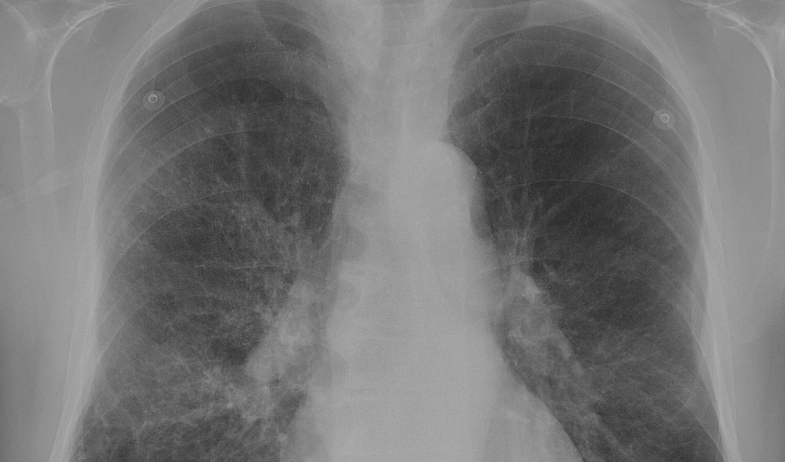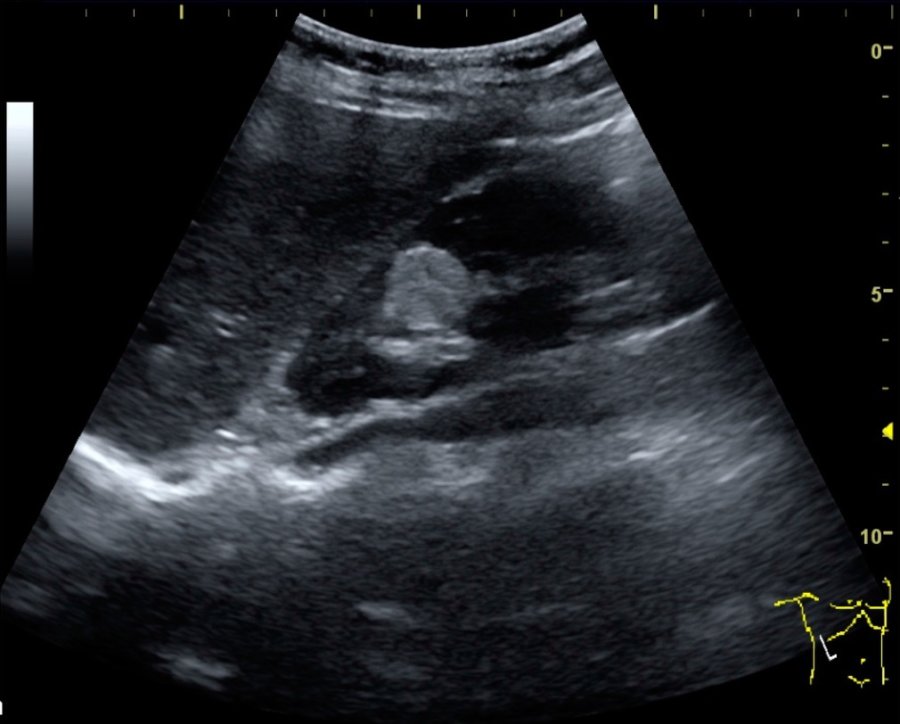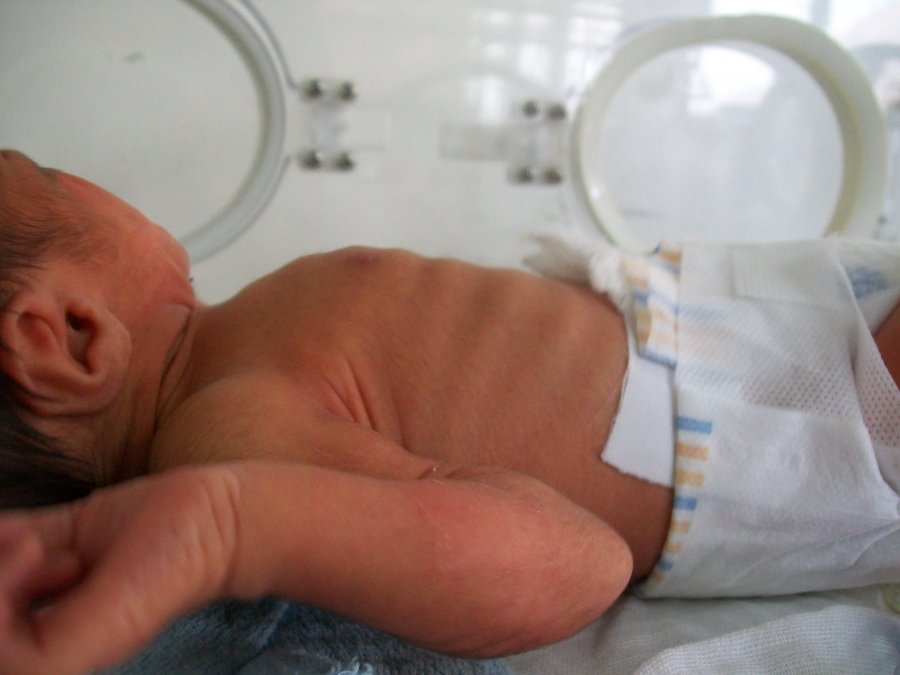Neonatal macrosomia refers to babies weighing more than eight pounds and 13 ounces at birth. Approximately nine percent of infants are born with the condition. The larger the baby, the greater the risks to the mother and the infant. There are a variety of causes and risk factorsYour text to link… that lead to overweight newborns. Some causes are preventable.
Causes and Risks
- Diabetes-Expectant mothers may have been diagnosed with diabetes before becoming pregnant. Others develop gestational diabetes during pregnancy. Blood sugars must be monitored and controlled otherwise, the infant develops with a larger amount of body fat.
- Previous history-Women who have given birth to overly large infants in the past have a greater risk of having large babies in the future.
- Obesity-There is a greater chance of having a baby with neonatal macrosomia if the mother is obese. Gaining too much weight during pregnancy also increases the risk.
- Male infants-Neonatal macrosomia occurs more often in boy babies.
- Overdue pregnancies-Pregnancies that extend two or more weeks beyond the estimated due date increase the chance that the infant will be overly large.
- Mother’s age-Pregnant women over the age of 35 are more likely to have abnormally large babies.
Maternal Complications
- Difficult labor-When an infant is too large, there is a likelihood that the baby becomes stuck in the birth canal, which may necessitate a C-section delivery.
- Internal injuries-During the birthing process, the mother may suffer laceration or tearing of the vaginal tissues and perineal muscles.
- Hemorrhaging-Internal injuries combined with the uterus’ inability to contract properly may lead to severe bleeding.
- Uterine damage-Women who previously gave birth via C-section or had gynecological surgery have an increased risk of suffering from a uterine rupture.
Infant Complications
- Hypoglycemia-Babies born with neonatal macrosomia have an increased risk of suffering from abnormally low blood sugars.
- Obesity-Overly large infants are at a greater risk of becoming obese during childhood.
- Metabolic syndrome-Neonatal macrosomia infants are likely to have metabolic syndrome. The condition is associated with hypertension, hyperglycemia, elevated cholesterol and excess body fat.
Prevention
Women must maintain a healthy weight before during and after pregnancy. While pregnant women should not gain ore than 35 pounds. Women diagnosed with diabetes must have their blood sugar continually monitored and controlled.










